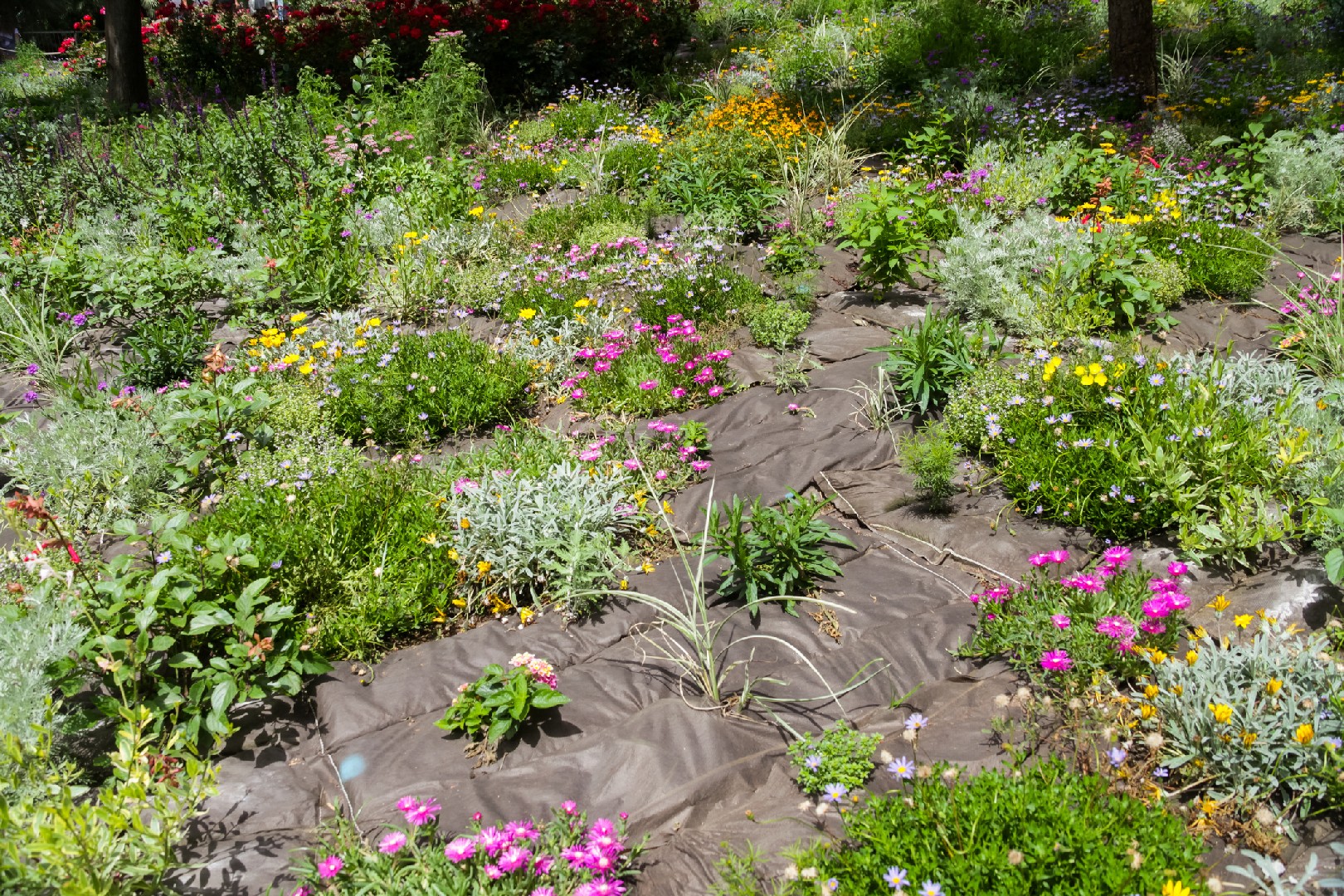![Rectangle]()
Design with Nature: Emphasizing Compatibility over Competition
Permaculture is a design approach that mimics the patterns and processes of natural ecosystems, emphasizing compatibility over competition. By understanding how natural systems work and applying those principles to landscape design, we can create sustainable and harmonious environments that provide multiple benefits.
One key aspect of designing with nature in permaculture landscape design is selecting flora and fauna based on compatibility, rather than competitiveness. In nature, plants and animals coexist in a complex web of relationships, with each species playing a unique role. Similarly, in permaculture, we aim to create diverse and mutually beneficial plant and animal communities.
To achieve this, it is important to consider the needs and characteristics of different species when selecting plants and animals for a permaculture system. For example, certain plants may have specific soil, sunlight, or water requirements, while others may provide food or habitat for beneficial insects or wildlife. By understanding these relationships, we can create a balanced ecosystem that supports the health and well-being of all its inhabitants.
Designing with nature also involves observing and understanding the natural patterns and processes that occur in a specific landscape. By studying the local climate, topography, and soil conditions, we can better understand how these factors influence the growth and development of different plants and animals.
For example, if a certain area is prone to flooding, we can select plants that are adapted to wet conditions and design the landscape to help manage and distribute water. Or if a landscape is located in a hot and dry climate, we can choose drought-tolerant plants and incorporate water conservation strategies, such as rainwater harvesting or drip irrigation.
By designing with nature, we can create landscapes that are not only aesthetically pleasing but also functionally diverse and resilient. These landscapes provide valuable ecosystem services, such as food production, soil fertility, water conservation, and habitat for wildlife. Additionally, they can help mitigate the impacts of climate change by sequestering carbon, reducing soil erosion, and enhancing biodiversity.
To illustrate the concept of designing with nature in permaculture landscape design, let's consider the example of a backyard garden. Instead of planting a single type of fruit tree, we can create a polyculture orchard by interplanting different fruit tree varieties that have different flowering and fruiting times. This not only extends the harvest season but also increases the likelihood of pollination and reduces the risk of pests and diseases.
To enhance the compatibility of the fruit trees with other elements in the garden, we can include companion plants that attract beneficial insects, suppress weeds, or provide nitrogen fixation. We can also incorporate features like ponds or swales to manage water runoff and provide habitat for frogs and other wildlife. By designing with nature, we can create a productive and resilient garden that requires less maintenance and supports a thriving ecosystem.
In conclusion, designing with nature is a core principle of permaculture landscape design. By emphasizing compatibility over competition and incorporating the knowledge and wisdom of natural systems, we can create sustainable and harmonious landscapes that provide multiple benefits. Whether it's selecting compatible plants and animals, observing and understanding natural patterns, or implementing specific design techniques, the key is to work in harmony with nature to create landscapes that are both beautiful and functional.





